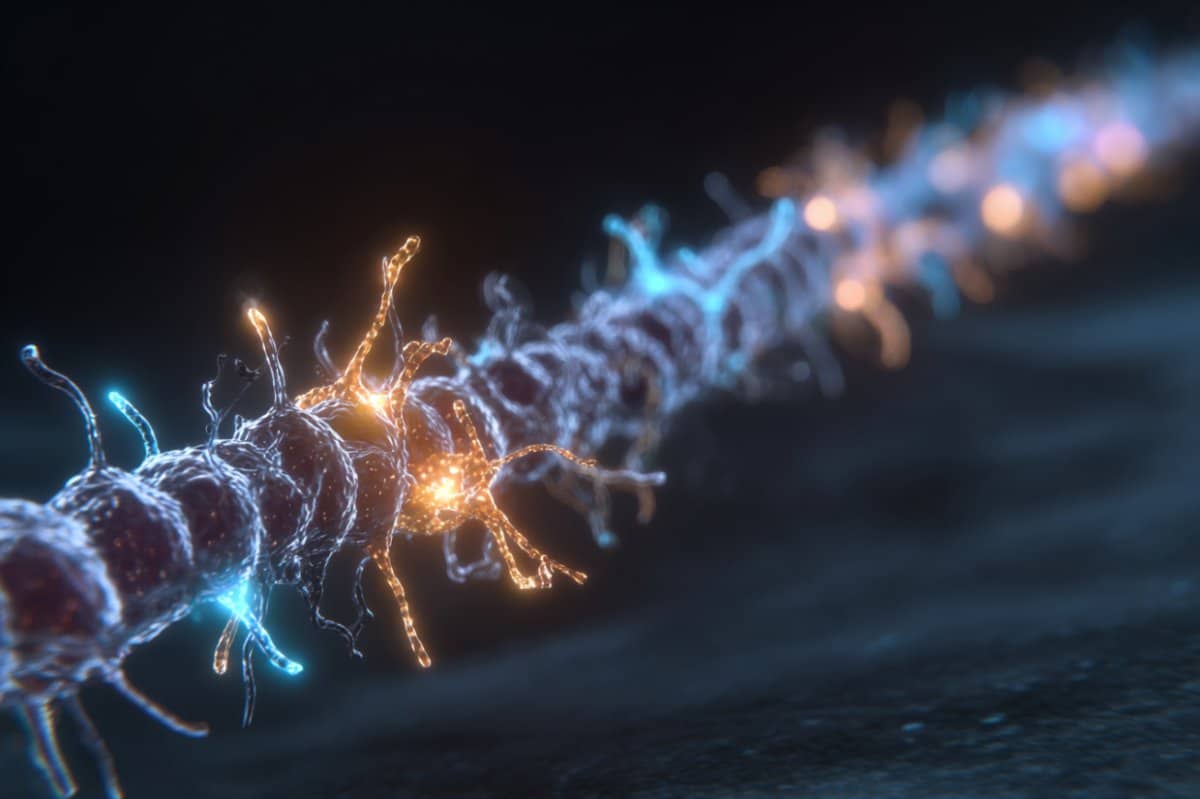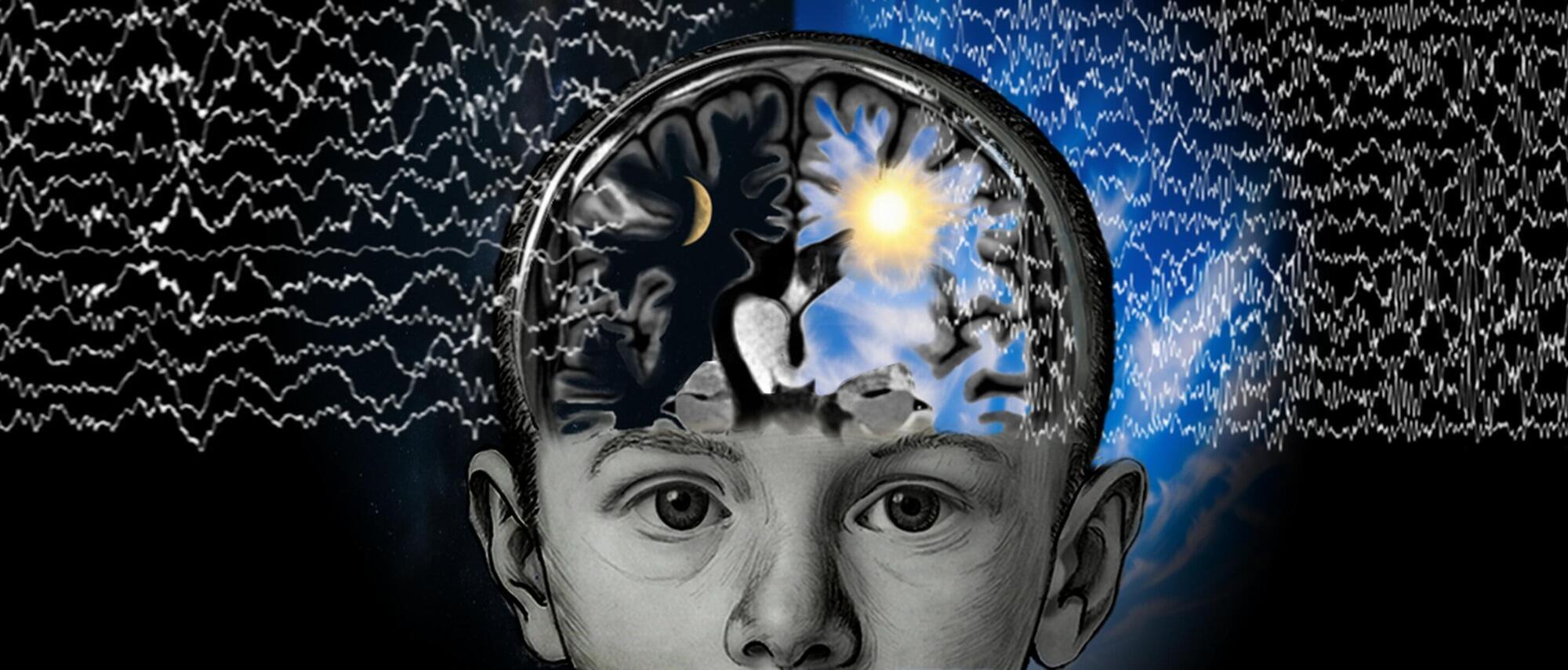In a major leap for cancer research, Google DeepMind and Yale University have unveiled an artificial intelligence system capable of uncovering new biological insights directly validated in living cells.
Announced on October 15, the new foundation model, C2S-Scale 27B, represents one of the largest and most sophisticated AI systems ever developed to study cellular behavior.
Built on Google’s Gemma family of models, it has generated a groundbreaking hypothesis about how cancer cells interact with the immune system—one that could reshape how future therapies are designed.









